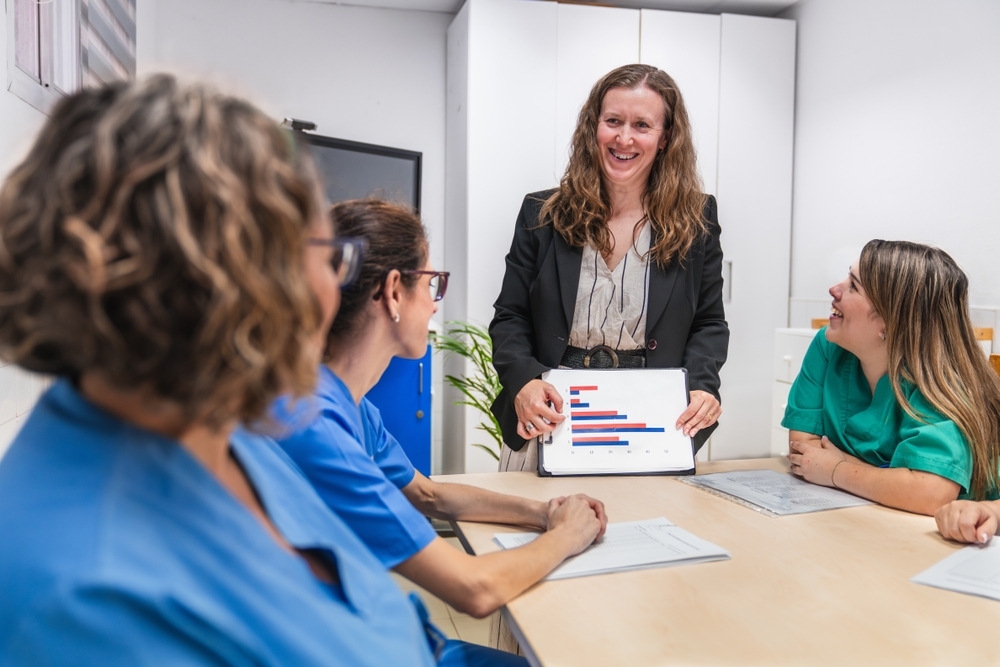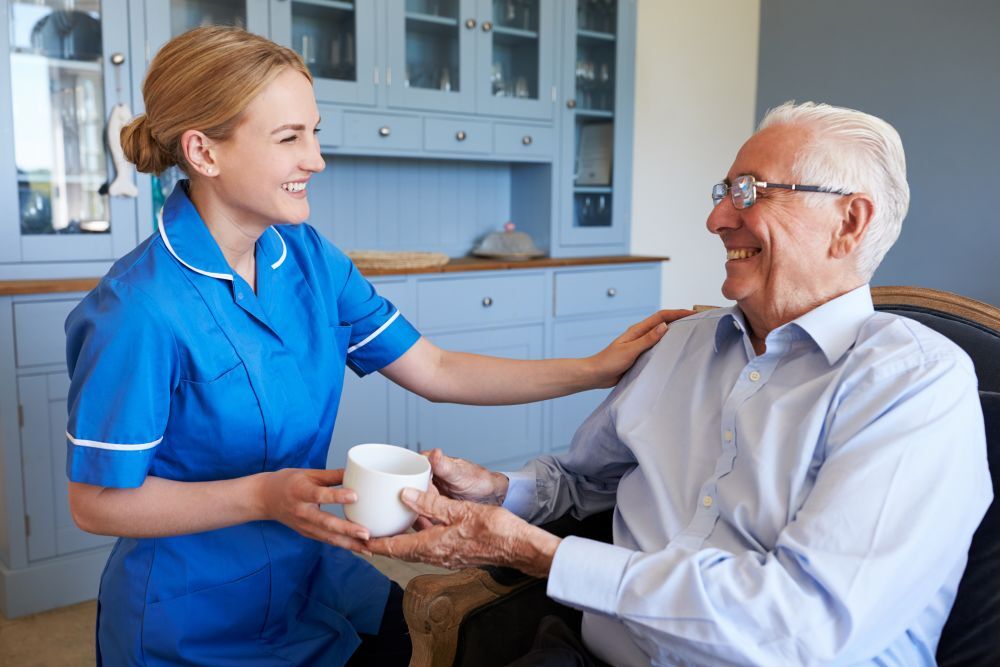The importance of integration for health and care is being increasingly recognised. So, what is integrated care? NHS England have agreed "person-centred, co-ordinated care" as a definition for this. They explain this further using the narrative "I can plan my care with people who work together to understand me and my carer(s), allow me control, and bring together services to achieve the outcomes important to me." To get the best outcomes, individuals and the professionals caring for them need to be able to easily access the information they need, when and where they need it. Digitisation is key to delivering this, as it allows sharing of information between different people and places in real-time, which cannot be achieved using paper. However, to realise the full benefits of digital technologies, these also need to be integrated with each other. So, achieving exemplary integrated care is like building a jigsaw puzzle; each new service that is integrated is like adding a piece to the puzzle, which helps you see the full picture.
Whether it is integrating health and care services or different technologies, integration is all about bringing people and services together. Integration of healthcare technology allows experts in their field to unite and, by doing so, enhance their ability to improve outcomes. It provides richer data for providing insights that can be used to improve quality of care. Additionally, integration gives those who will use and benefit from the healthcare technology the ability to truly chose, for each separate aspect, the technology that works best for them with the knowledge that these will work together. Ernie Graham talks about his experiences with technology, data and integration at Cornford House in this recent discussion with Hooman Safaei, Chief Research Officer at Invatech Health.
What is the background to the establishment of Cornford House and what are your objectives?
We are a family owned business and we wish to provide a long term and sustainable care offering. Cornford House is purpose built and we are constantly thinking of how to best run it.
What are your thoughts on technology?
We have always had good levels of technology, but our main systems such as electronic care planning had become the last generation. For example, they were desktop based and locally hosted on servers in house. We recognised this and we now want to have the latest level of technology.
We are striving to mitigate risk, demonstrate resident care outcomes and compliance with regulations and standards to our end users and the stakeholders in their care such as commissioners, CQC and relatives. We want to use the best technology to help us in this endeavour.
Providing care is complex and multi-faceted. What we have learnt over the years is that the best technology is provided by companies who are specialists on that specific aspect of care. They are focused, and their products help us achieve what we want. We have a specialist staff rostering system and a different call bell system. In terms of medicine management, we went with ATLAS eMAR, a specialist product from a company run by experts who are pharmacists and doctors. We are also not afraid of changing to new and specialist technologies. For example, we had started to develop our own care planning system, but we switched to Person Centred Software, which has already developed a leading edge offering.
We want the data from all our technologies to be kept in one place and we want the “Best in class” in each specialism of care and then apply analytics from each specialism to combine outcomes and mitigate risk.
My inspiration for the use of data and analytics came from two sources, firstly the ATLAS Scorecard which uses the data on the important medicines management tasks and aggregates the results to give the home a “Score”. This allows me to have a “at a glance view” of medicines management at any given time. The manager can then manage by exception and only tackle under performance and mitigate risk. Now this is what I want to replicate in all the other areas of care.
I was also inspired by a presentation by Dr Claire Royston, the medical director of Four Seasons Healthcare at a last year’s Care England annual conference. It was a brilliant presentation where she said that moving forward in care and given the pressures that we have to demonstrate outcomes and tackle risk, there is no other way but to first collect data and then have analytics to highlight and mitigate the risk. She explained that care records were used for recording historical events which could be audited if something went wrong, but as a sector we need to get cleaver and we need data from all the different technologies that we use for care.
We are at the very beginning of this journey: our compliance managers are using the ATLAS Scorecard and getting used to using analytics before developing the same approach for the other aspects of care. Hopefully this will enable us to bring the running of the home to the same standards as the built environment.
What were your considerations in the choice of eMAR?
The eMAR system had to have barcode scanning for safety. This was a fundamental requirement. It also had to have full stock control and tackle the issues of communication around changes to therapy and prescriptions with the pharmacy and GP surgeries. The ATLAS eMAR system was the only one that had all of these. It is also evidence based with the link with Cardiff University which shows the benefits. This is important because when you change your medication system staff are not always clear about why and the benefits. The research showed that it was safe and produced time savings and we used this to sell it to some of our staff. People find it reasonably easy and there are some who are reluctant but once they get using it and it becomes part of everyday life, they will never go back and life becomes difficult without it.
We also worked with Cardiff University on a project that delegated medicines administration from nurses to carers and which used the ATLAS eMAR and Scorecard for safety, monitoring and audit. Before the project we had nurses spend a large proportion of their time giving medicines out, leaving them little time to run and manage the “shift” (which was left to carers). We now have med carers who are trained, and competency assessed, and they dispense the meds. The nurses now lead shifts more effectively and they delegate the medicines tasks to the med carers, while retaining overall responsibility for the management of the medicines. So the nurses have become the duty managers and we now have med carers and carers. We have done away with the role of a senior carer who traditionally took more responsibility for the shift.
What were your considerations in the choice of a care planning system?
We used an electronic care planning system for many years. This system was on a desktop and ran locally from a server. One of its main features was a relative gate way which allowed relatives to see all the notes “warts and all”. Contrary to the belief of some care providers who feared extra-legal cases because of this, we actually found that being more open with relatives actually defuses things.
It was a big decision to change but one of the main things was because of Person Centred Software’s technical and open architecture. The company had expertise which they had transferred through several years of developing the software. The care planning uses mobile devices to prompt care and record its events. It is very visual and easy to record notes and it saves a lot of time. For a relatively low cost by taking on Person Centred Software I had my care planning. Also, because PCS is widely used the inspectors were very happy and familiar with it. In fact I believe there is a statistic that 94% of their care homes have a good or outstanding rating with CQC.
As I mentioned for the last 7-8 years with our own in-house care planning, we gave relatives on-line access to all records. They really valued this which was evident if a link broke for a short time, they became anxious and called up about it. PCS has a relative’s gateway which usually only gives a summary of the notes, but we have now configured the system so that relatives have permissions to be able to see all the notes and not just the summary.
What is your vision for the future use of the data?
Firstly, to share the data we have with relatives and other stakeholders in the care of residents. This creates closer relationships and even more openness with relatives.
The ability to share data for example with care planning and medicines and call bell events.
We are only starting with analytics, but we need to get the right algorithm, and this is a journey that will keep going. We will have insights on care that we did not have before.
There is a case for integration and inter-operability – we have been marketed with “one stop solutions” but we don’t want to be limited as to the technology. We want to work with real in-depth specialists, but the analytics needs to be done by each provider. I think there will be a need for a data analyst in every care provider.
Want to find out more?
Get in touch if you have any questions or would like to discuss ATLAS eMAR in more detail.
Find out more about Atlas here.
"We want the data from all our technologies to be kept in one place and we want the “Best in class” in each specialism of care and then apply analytics from each specialism to combine outcomes and mitigate risk".
"I think there will be a need for a data analyst in every care provider".
Ernie Graham, Graham Care
Care Home Owner
.webp?width=300&height=317&name=ernie-graham%20(1).webp)


